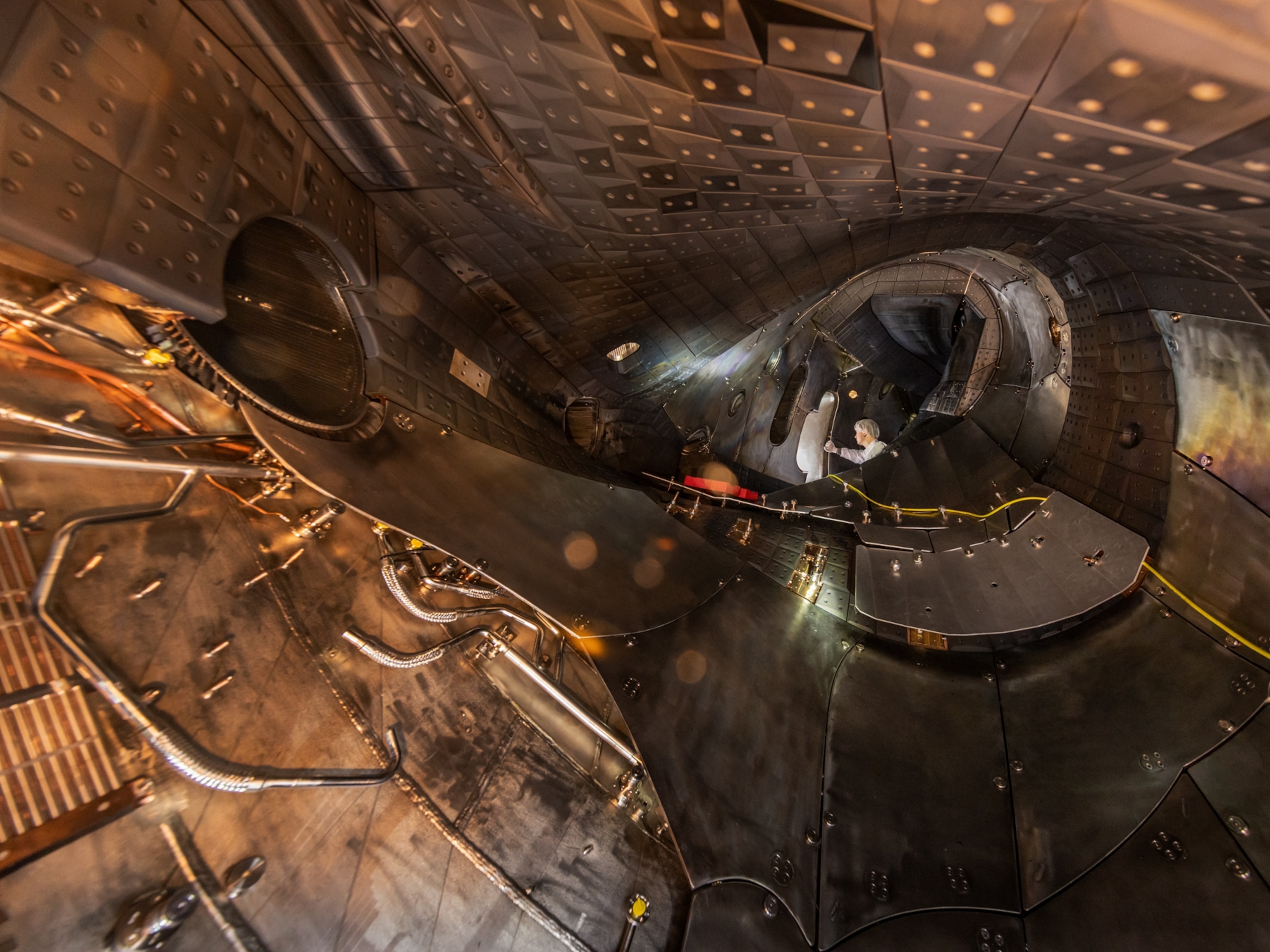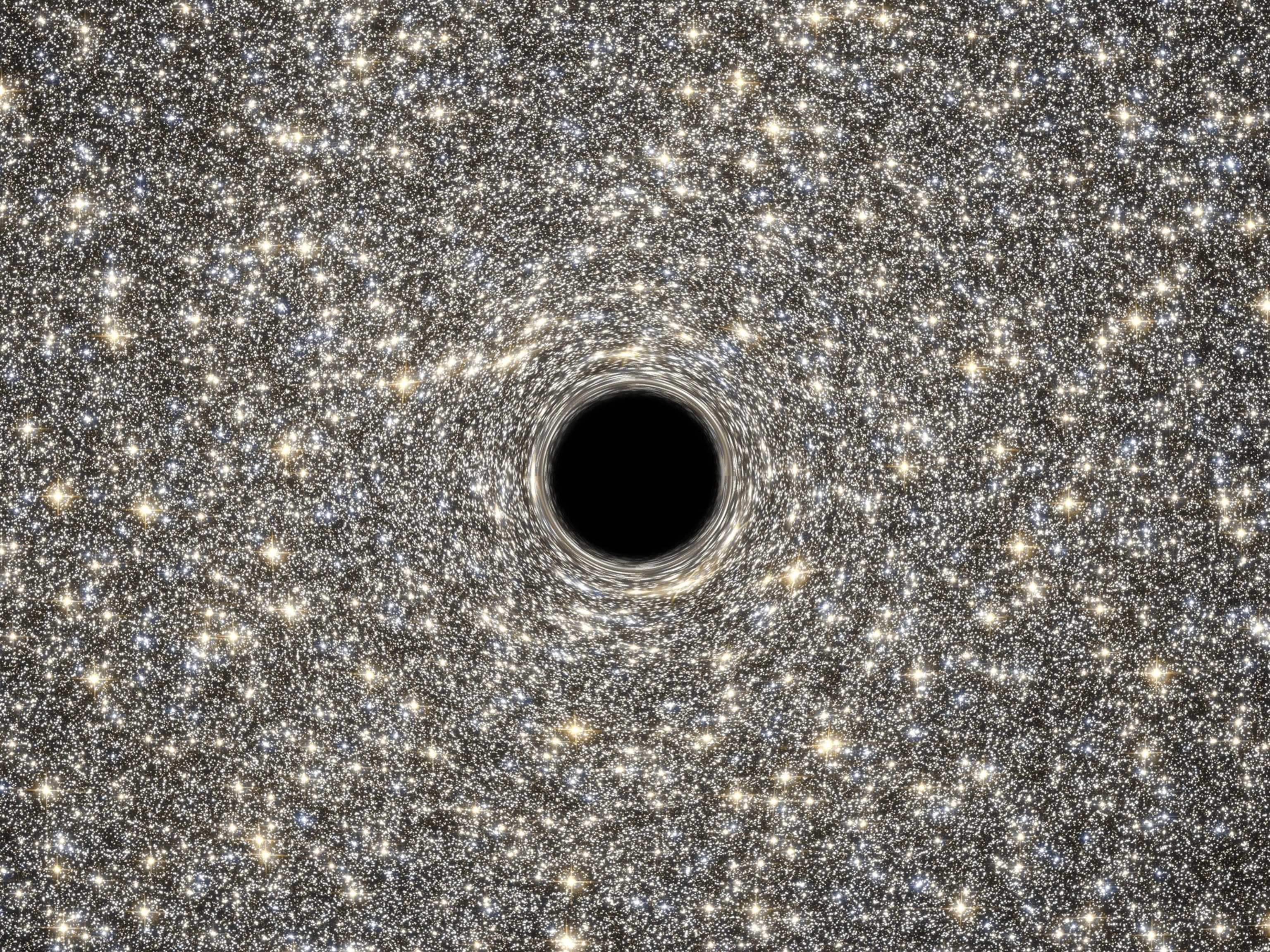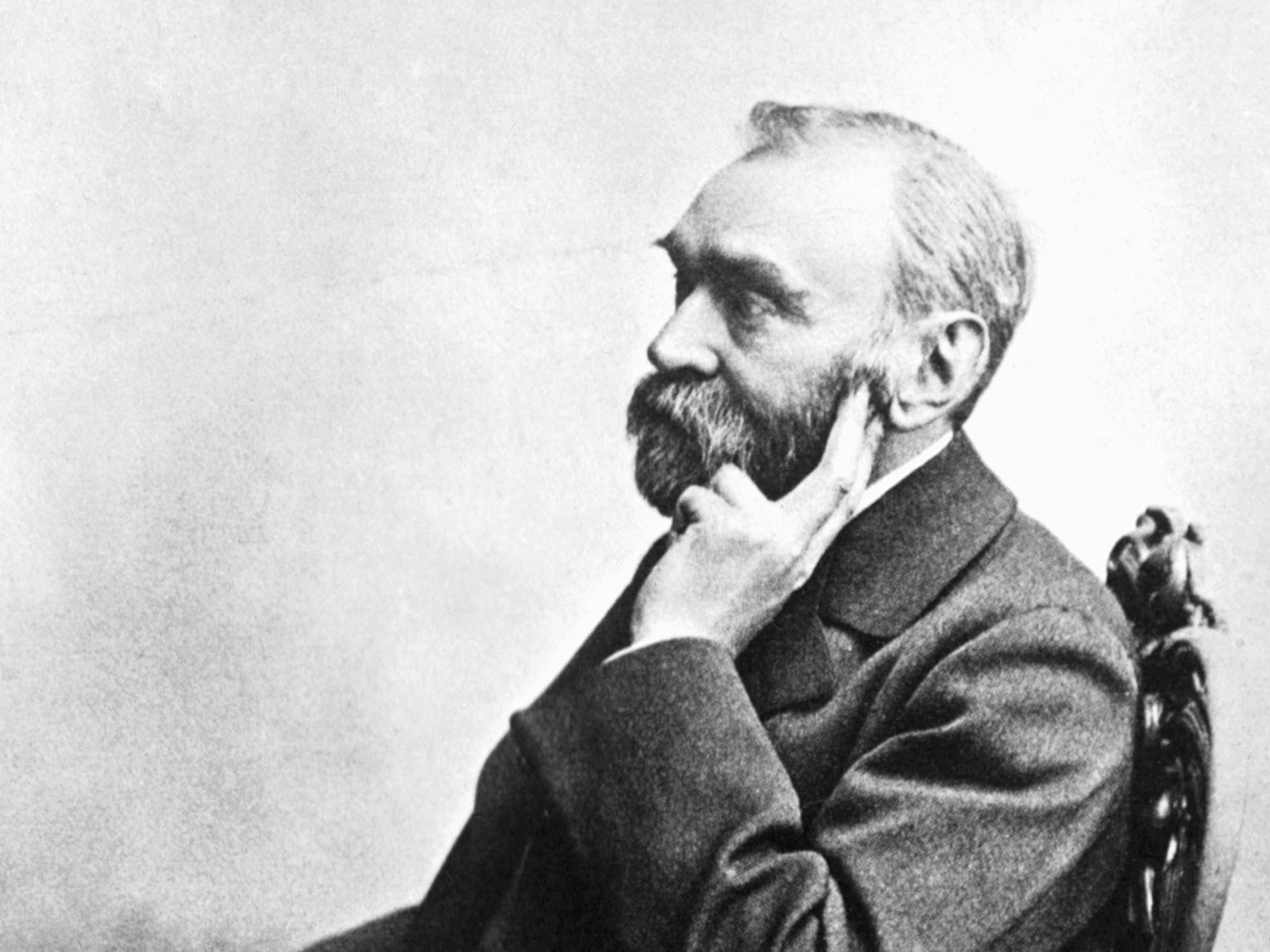
7 of the World's Longest-Running Experiments
These scientific research projects certainly didn't happen overnight.
When physicists at Trinity College, Dublin, started a viscosity experiment in 1944, Franklin D. Roosevelt was president of the United States, World War II was well underway, and Meet Me in St. Louis was tearing up the box office.
Seventy years later, one of the longest-running lab experiments in the world has finally paid off: A camera has captured one drop of tar pitch falling from a funnel into a jar—for the very first time.
The tar pitch had been placed in the funnel by physicists in 1944 to illustrate that pitch—a black, carbon-containing material that you might know as asphalt or bitumen—was actually not a solid, but a very, very slow-moving liquid at room temperature. (Related: "Fossil Amber Challenges Theories About Glass.")
Though drips and drops did form over time, they were never captured on camera—which would have definitively proved that pitch was a viscous liquid. A similar experiment conducted by physicists in Queensland, Australia, over the past 86 years also yielded sporadic drops—but the drops were never caught on video.
Enter Trinity College physicist Shane Bergin. Last April, he decided to set up a webcam to watch the pitch. He then waited. And waited. And waited some more. Finally, on July 11, he saw one of the drips actually dripping.
"My first thought was, 'Gosh, I hope the video camera was working,'" he said. "My second was, 'I hope the video was recording.' And it was. And then when I saw the video, I was actually amazed. I knew it was this phenomena that no one had ever seen."
Bergin says the long-running pitch experiment at Trinity gets to the heart of what good science really is.
"We had so many people coming through the department asking, 'When do you think it's going to go?" he said. "We were taking bets in a fun way as to when it would go, and it really got a lot of people thinking and talking about science."
Believe it or not, the long-running pitch experiments conducted in Ireland and Australia are actually some of the youngest of the oldest scientific experiments taking place around the world. Below, we detail a few more of the longest-running research projects (and scientific oddities) currently underway.
The Ringing Bell
Since 1840, an experimental electric bell has been ringing almost continuously in the foyer of the Clarendon Laboratory at the University of Oxford. Called the Clarendon Dry Pile, the device is made up of two voltaic "dry piles" connected with an insulating layer of sulphur; the piles are connected, in turn, to two bells. The Guinness Book of Records deems the bell the "world's most durable battery," though it will eventually stop ringing when either its clapper wears out or its electrochemical energy is exhausted.
The Beverly Clock
Physics departments seem to house lots of long-running experiments, and the Beverly Clock is no exception. Sitting in a foyer at the University of Otago in Dunedin, New Zealand, the atmospheric clock has not been wound since 1864 but continues to keep on ticking. (Though it has stopped occasionally, including when the physics department changed locations.) (Related: "For a Second-Hand Clock, It's First in Reliability.")
Monitoring Vesuvius
How do you monitor a sleeping giant? Carefully—and with lots of data about seismic activity. That's what employees of the Vesuvius Observatory have been measuring since 1841, in order to predict any future eruptions. The monitoring facility used to be located on the side of the volcano itself but was moved to Naples in 1970. At that facility, scientists monitor several volcanoes, trying to size up when they might erupt again. (Read: "Vesuvius Countdown.")
The William James Beal Germination Experiment
In 1879, American botanist William James Beal loaded up 20 bottles with a mix of sand and seeds from a variety of plants. He then buried the bottles neck-down to prevent water from entering the mix.
The point of Beal's experiment? To determine whether seeds would still sprout after remaining dormant for a very long time. Every five years at first (but now every 20 years), one of the bottles is dug up by researchers and the seeds are planted to see if anything grows. In 2000, two of the 21 plant species in the bottle sprouted.
The next bottle will be unearthed in 2020, with the experiment slated to be finished in 2100.
Old Rotation of Cotton
Since 1896, scientists at Auburn University in Alabama have conducted a soil fertility experiment on a one-acre plot of land just south of the campus. Listed on the National Register of Historic Places, the "Old Rotation" experiment, as it's called, was the first to show that a cotton and legume crop rotation could support a cotton crop indefinitely.
Framingham Heart Study
For more than 65 years, thousands of men and women between the ages of 30 and 62 from Framingham, Massachusetts, have been monitored by researchers at the National Heart, Lung, and Blood Institute and Boston University to check for markers and risk factors of heart disease. The ongoing monitoring of three generations of participants has helped researchers identify major risk factors for cardiovascular disease.







